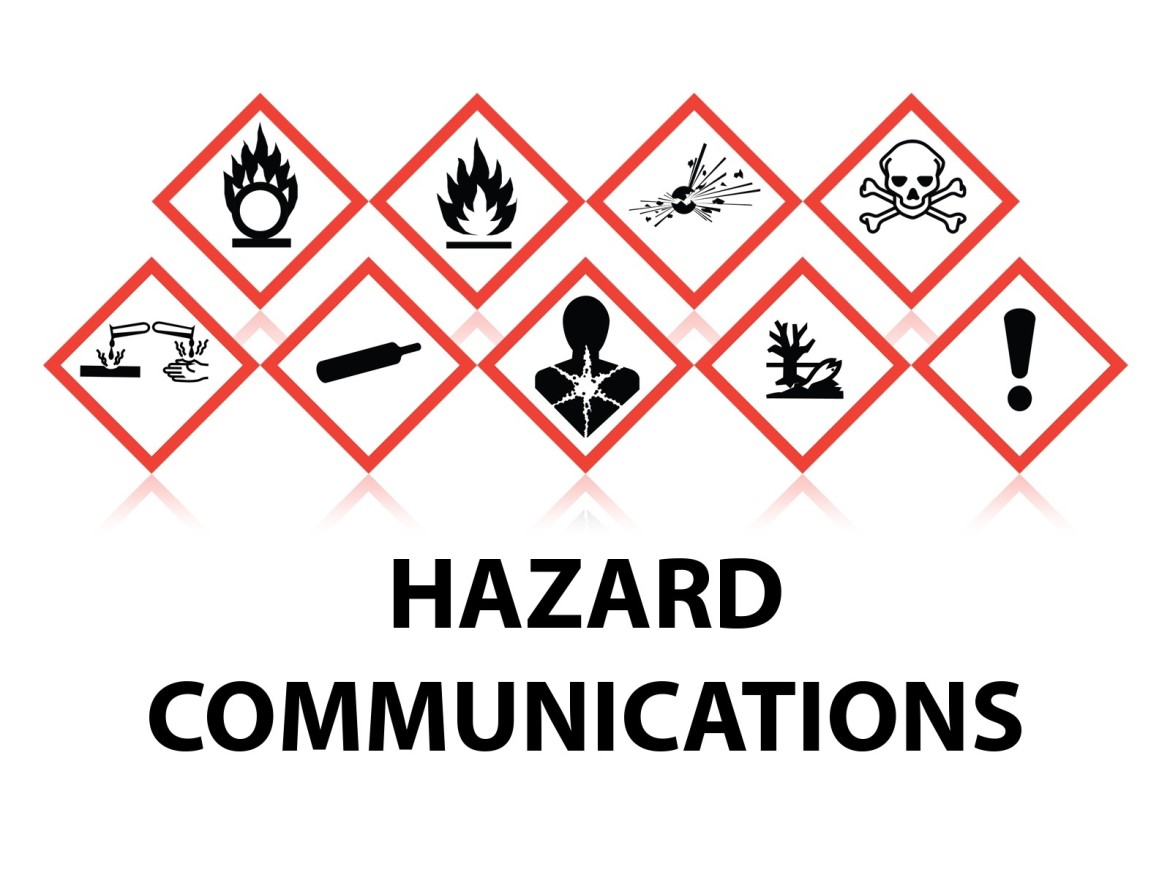 OSHA’s new hazard communication standard, Globally Harmonized System (GHS) for Classification and Labeling of Chemicals, states that all chemicals need to be labeled according to the new standard and you need to have updated Safety Data Sheets (SDS) on premise and available.
OSHA’s new hazard communication standard, Globally Harmonized System (GHS) for Classification and Labeling of Chemicals, states that all chemicals need to be labeled according to the new standard and you need to have updated Safety Data Sheets (SDS) on premise and available.
Download this flyer to share with your department.
The new system was implemented in stages over a two year period. As of June 1, 2016, all chemicals need to be labeled according to the new standard and have updated Safety Data Sheets (SDS) on premise and available. Now that the requirement is in full effect, hospitals have begun to see accrediting agencies asking for proof of compliance.
What Changes Are Involved?
The hazard communication standard (29 CFR 1910.1200) is often referred to as the “employee right-to-know” standard requiring that employees have access to information about hazards in the work place. The basic requirements of the law include the following elements:
- A written hazard communication program
- A list of hazardous chemicals used or stored in the work area
- A copy of the Safety Data Sheets for each chemical used or stored in the work area
- Training of employees
What Does Compliance look like?
The major changes fall into four general areas and are considered elements of a written hazard communication plan:
- Chemical Hazard Classification: Provides specific criteria for classification of health and physical hazards.
- Labels: Chemical manufacturers and importers are required to provide a label that contains a “harmonized” signal word, a pictogram (picture) and a hazard class and category. Precautionary statements such as “wash thoroughly after handling” based upon the hazard’s classifications must be provided. This means that chemical labels will look different.
- Safety Data Sheets (SDS): The term Material Safety Data Sheets (MSDS) has been replaced with SDS, and the format of these documents is now standardized and easier to read.
- Information and Training: HMSL continues to provide you with information on safety as we educate our staff in various ways such as sharing of information during new employee orientation, staff meetings, HMSL Safety Forums and annual safety in-service training required during focal point review.
Chapter 4 of the HMSL Safety Manual at http://www.tmh.tmc.edu/sugarland/firemanual.htm outlines our detailed written hazard communication program.
For more information on the HazMat standard visit https://www.osha.gov/dsg/hazcom.
Watch for more information on this program in future issues of Chris’ E-Newsletter!
